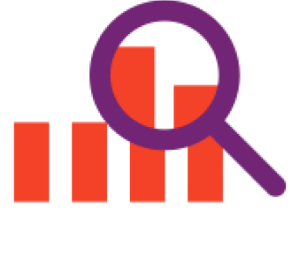Medicaid and state government programs are drowning in a sea of red tape, budget cuts, policy uncertainty, and upheaval. Regulations to prevent fraud, maintain quality, and control costs, add paperwork and risk to plan sponsors. We understand. We have helped programs successfully navigate some of the most significant regulatory, financial, and demographic challenges in the nation.
Here’s how we do it:

Cost control.
We turned the Medicaid program with the lowest federal reimbursements in the nation into the one that also had the lowest PMPM drug costs. We did this through improved rebates, smarter formulary management, and by delivering the best-performing MAC list in the country. Read the case study.

Compliance.
Our team provides the technical expertise and our smarter platform generates the quality and financial reports necessary for state programs to demonstrate compliance and confidently address audits.

Clinical programs.
How do you achieve both lower costs and better outcomes? Start with proven, effective utilization management, adherence, and specialty medication programs. Medicaid populations often have health care and demographic challenges that are difficult to manage. They also have the tightest budgets. We carefully synchronize clinical and member engagement programs to address the population’s health needs, while reining in drug spending.

Honestly better analytics.
PBMs are often regarded as long on promises about their analytics, but short on meaningful data. Our easy-to-understand dashboards are in a different class. Understand your cost drivers, down to condition and member. Know which members are impactable, how to improve their outcomes, reduce costs, and monitor and repeat.

Member experience & engagement.
Our innovative approaches to connecting with members drive greater adherence, better health outcomes, lower costs, and the best possible member experience.

Redundant & rock solid.
Our platform has been tested under the most challenging conditions and stood strong. In one instance, our clinical team recommended removing a single drug from a Medicaid plan’s formulary (while retaining a less expensive therapeutic equivalent) which resulted in 1.5% annual savings to overall program drug costs and no reduction in quality or access.